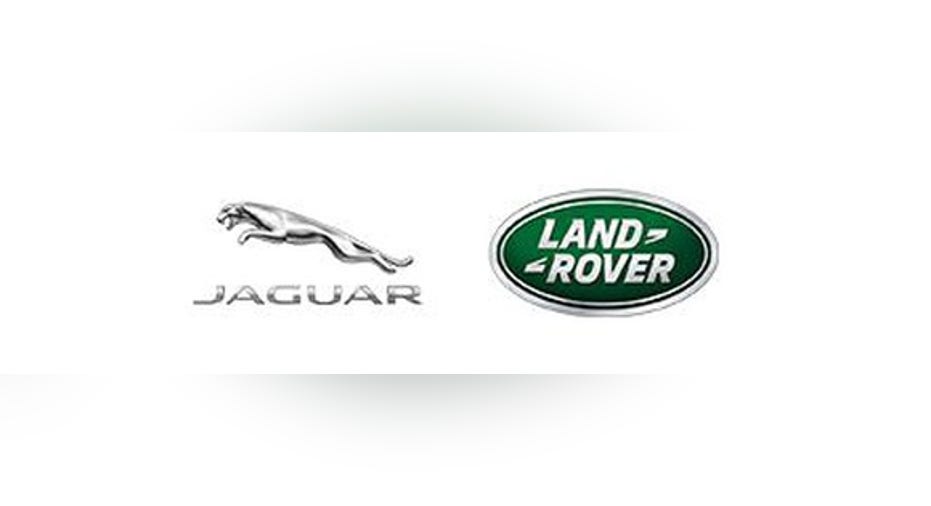Tata Motors Stock Upgraded: What Need to Know

It's been eight years since India's Tata Motors (NYSE: TTM) bought Britain's Jaguar and Land Rover car brands (collectively known as JLR) from American automaker Ford (NYSE: F), nearly doubling its car business in an instant. Since then, Tata Motors' stock has roughly doubled in value, suggesting the company made a good investment back then.
But is Tata Motors a good investment today?
This morning, analysts at Credit Suisse answered the question with a resounding "yes," announcing they are upgrading Tata Motors stock from neutral to outperform, and assigning a 720 Indian rupee ("Rs720") price target to Tata Motors stock. That works out to $10.81 per share, which -- according to Credit Suisse -- represents about "40% upside" from the stock's price today.
Here are three things you need to know about this rating.
Luxury car brands -- from India. Image source: Jaguar Land Rover.
1. India is not America, and a "share" is not an ADR
Tata Motors stock trades on the NYSE as an American Depositary Receipt, which is an instrument that bundles local Indian shares and sells them as a group to American investors. Specifically, every one Tata Motors ADR bundles five shares of Tata Motors common stock for investment -- so buy an ADR, and you will own five shares.
That being the case, when Credit Suisse says it thinks Tata Motors stock is worth the equivalent of $10.81, what it's really saying is that the Tata Motors ADRs listed by your discount broker are worth $54.05 -- or about 38% more than what those ADRs cost today. And voila, there's Credit Suisse's promised "40% upside."
2. Tata evolves
Why does Credit Suisse think Tata Motors stock -- best known as a maker of Indigo sedans and even tinier Nano hatchbacks -- worth such a luxurious price tag? Primarily because of its luxury brands, Jaguar and Land Rover.
After all, according to Forbes magazine, those two luxury car brands account for "just under 90%" of Tata Motors' market capitalization. And as Credit Suisse explains in a write-up on StreetInsider.com, those two car brands -- which are still produced at plants in Great Britain -- are going to benefit from depreciation in the British pound sterling, which "will drive multi-year outperformance for TTMT (JLR) in a way similar to what happened with the JPY for the Japanese stocks." Simply put, as the pound gets cheaper relative to, to example, the U.S. dollar, Jaguar and Land Rover vehicles begin to look cheaper than competing luxury cars -- and car shoppers buy more of them.
3. How big of a deal is this for Tata?
Data from S&P Global Market Intelligence bolster Credit Suisse's point. In 2008, prior to buying JLR, Tata Motors was an automaker doing perhaps $8 billion in annual business. Adding JLR to the mix roughly doubled the company's sales to $14 billion in 2009. By the close of the last fiscal year, Tata had grown its car business nearly three times in size, to $41.6 billion -- with JLR accounting for more than 80% of those sales, and 87% of the company's profits.
Credit Suisse believes that the falling value of the British pound has the potential to boost those profits even more -- in fact, by as much as 50% per car sold. Even with flat sales, therefore, this company that earned just under $3 billion in operating profit last year could earn as much as $4.5 billion if things play out as Credit Suisse expects them to.
The most important thing: Valuation
Does all of this make Tata Motors a buy? Well, let's consider: $3 billion was Tata's operating profit last year, but on the bottom line, the company's net earnings have amounted to just $1.2 billion over the past year. On a $26 billion market capitalization, that works out to a 21.7 price-to-earnings ratio, which seems pretty pricey for an automaker. (Ford, the company that Tata bought JLR from eight years ago, costs only 6.3 times earnings, for example.)
Furthermore, according to S&P Global estimates, most analysts expect Tata Motors' profits to grow at 21% annually over the next five years. That sounds good -- paying 21.7 times earnings for 21% profits growth, with the potential for even more growth if Credit Suisse's predictions pan out. It's a fair price to pay.
But once you notice that these same analysts are looking for 15% annualized profits growth at Ford, I have to say that paying 6.3 times earnings for 15% growth is even more attractive. Long story short, I agree with Credit Suisse that Tata Motors has potential, but I still think Ford stock is a better deal.
A secret billion-dollar stock opportunity The world's biggest tech company forgot to show you something, but a few Wall Street analysts and the Fool didn't miss a beat: There's a small company that's powering their brand-new gadgets and the coming revolution in technology. And we think its stock price has nearly unlimited room to run for early in-the-know investors! To be one of them, just click here.
Fool contributorRich Smithdoes not own shares of, nor is he short, any company named above. You can find him onMotley Fool CAPS, publicly pontificating under the handleTMFDitty, where he currently ranks No. 336 out of more than 75,000 rated members.
The Motley Fool owns shares of and recommends Ford. Try any of our Foolish newsletter services free for 30 days. We Fools may not all hold the same opinions, but we all believe that considering a diverse range of insights makes us better investors. The Motley Fool has a disclosure policy.



















